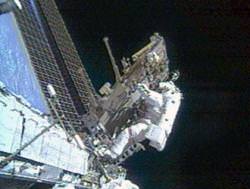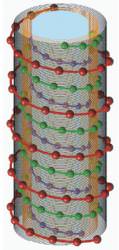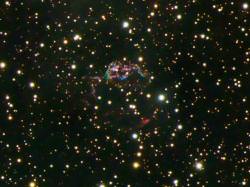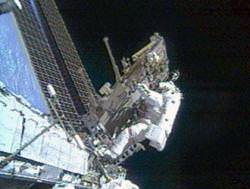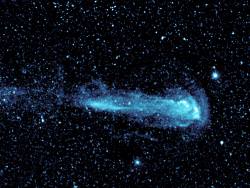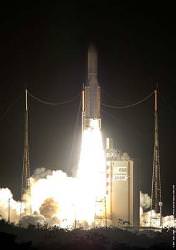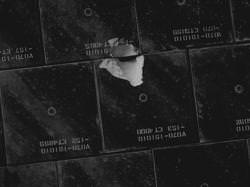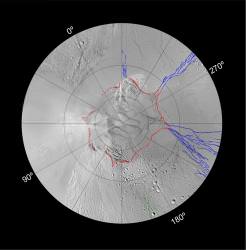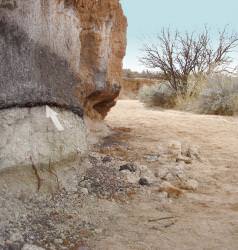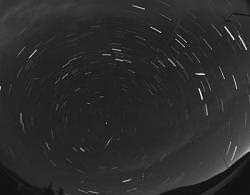Just to remind us all that the astronauts are really quite exposed up there in orbit, a micrometeorite took a small chunk out of Endeavour’s front windshield at some point during the mission – the astronauts just noticed it. NASA officials said that the space debris impacted the shuttle’s window #2. With the impact discovered, NASA engineers are planning to study it, but they don’t think it’s a risk to astronaut safety.
Space shuttles have been beaten up by orbital debris in the past. In most cases, the impact is very small, and the impactor is absorbed by the shuttle’s external skin. In this situation, the shuttle is very well equipped with the analysis gear to really study this windshield ding if they wanted to.
As with the foam strike that carved out a slice of Endeavour’s protective heat tiles, the astronauts could use the laser and camera attached to the shuttle’s robot arm to map this micrometeorite damage in exhaustive detail. NASA engineers would then know if it’s of any risk to the astronauts.
Speaking of damage to the shuttle, NASA has decided to push back the next spacewalk for STS-118, now tentatively scheduled for Saturday. With the shuttle pulling power from the International Space Station’s electrical grid, NASA wanted the astronauts to perform a 4th and final spacewalk.
The agency is agonizing over whether or not they should have astronauts attempt to repair the gouge to the shuttle’s belly carved out by falling foam during its launch. If they do decide to proceed with repairs, two astronauts will need to be carried on the end of the shuttle’s robot arm to the underside of the shuttle. They will then try and put in exactly the right amount of heat absorbent caulking to fill the hole. If they get the wrong amount in there, they could even make the problem worse. Not to mention the risk that they could accidentally bump the fragile tiles and do even more damage.
So, get ready for more analysis before a decision gets made.
Original Source: NASA Status Report

